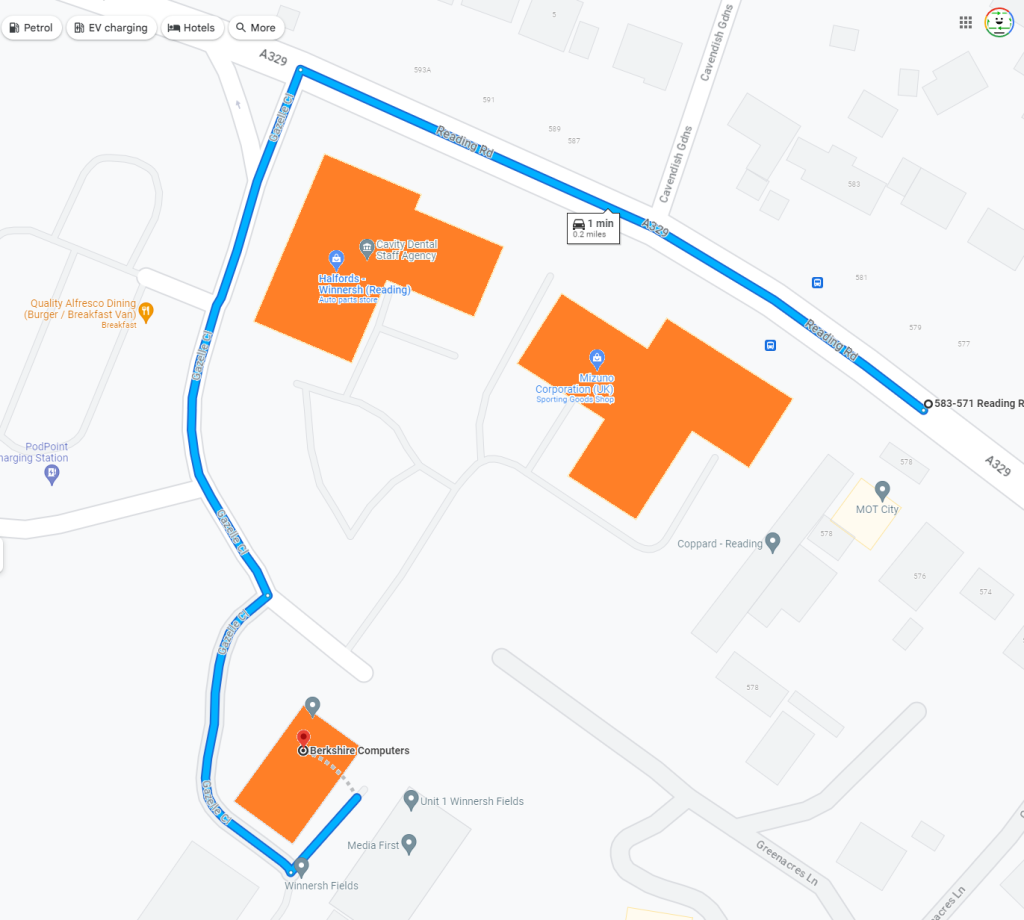Understanding the Risks of Improperly Seated GPUs: What You Need to Know
When it comes to building or upgrading a PC, proper installation of components is crucial, particularly for your graphics processing unit (GPU). Recently, I faced an interesting situation that raised concerns about potential damage to my GPU after realizing it had not been fully seated in the PCI slot. Here’s a deeper look into the implications of this oversight and what it means for the health of your graphics card.
The Importance of Proper GPU Seating
Installing a GPU requires it to be firmly seated in the PCI slot to ensure optimal performance and connectivity. A GPU that’s not fully inserted can lead to several issues. One primary concern is that it may cause instability in the connection between the GPU and the motherboard, leading to erratic performance, graphics glitches, or even complete system failures during operation. These issues can be particularly frustrating, as they may manifest as random crashes or graphic artifacts while gaming or using graphics-intensive applications.
Potential Long-Term Damage
If your GPU has remained in an improperly seated position for an extended period, there are potential risks to consider. For one, the inconsistent electrical contacts can lead to overheating or underpowering, which may not only affect performance but could also cause long-term hardware damage. Over time, this might lead to component degradation, affecting the GPU’s lifespan.
Additionally, overheating can result in physical damage to the GPU itself, potentially warping the circuit board or damaging solder points. While it’s possible that no immediate damage has occurred from a week of use, it’s essential to monitor the GPU’s performance closely after reseating it and to observe any unusual symptoms or performance issues that arise.
Conclusion
Now that my GPU is securely seated, I feel a sense of relief, but it serves as a valuable reminder for anyone assembling or upgrading their own PCs. Always double-check to ensure all components are properly connected to avoid unforeseen complications. If you suspect you’ve experienced issues stemming from an improperly seated GPU, it may be wise to run a few diagnostic tests to confirm its health and functionality. Regular maintenance and attention to detail during installation can save you from costly repairs or replacements in the future.
Share this content:



